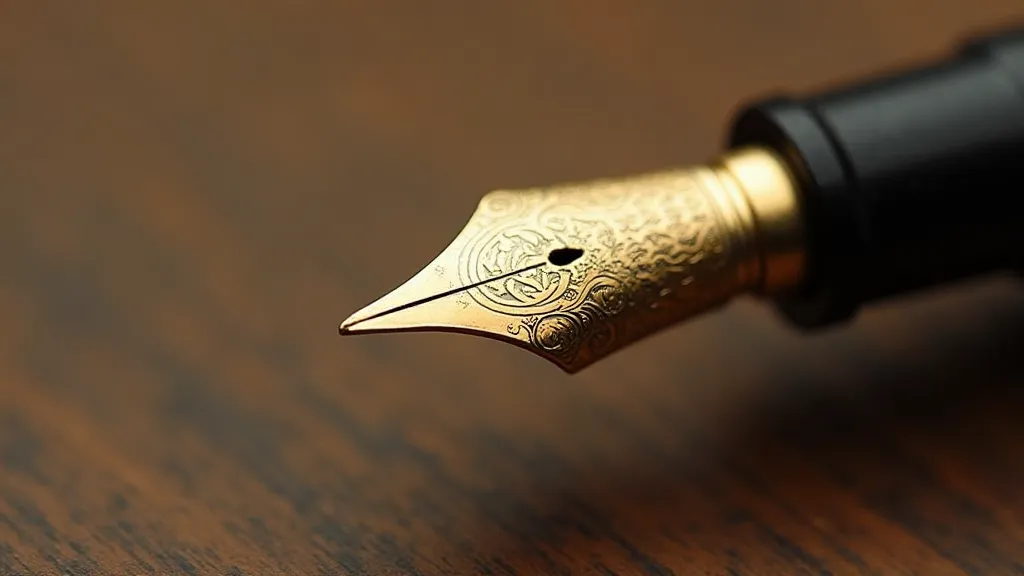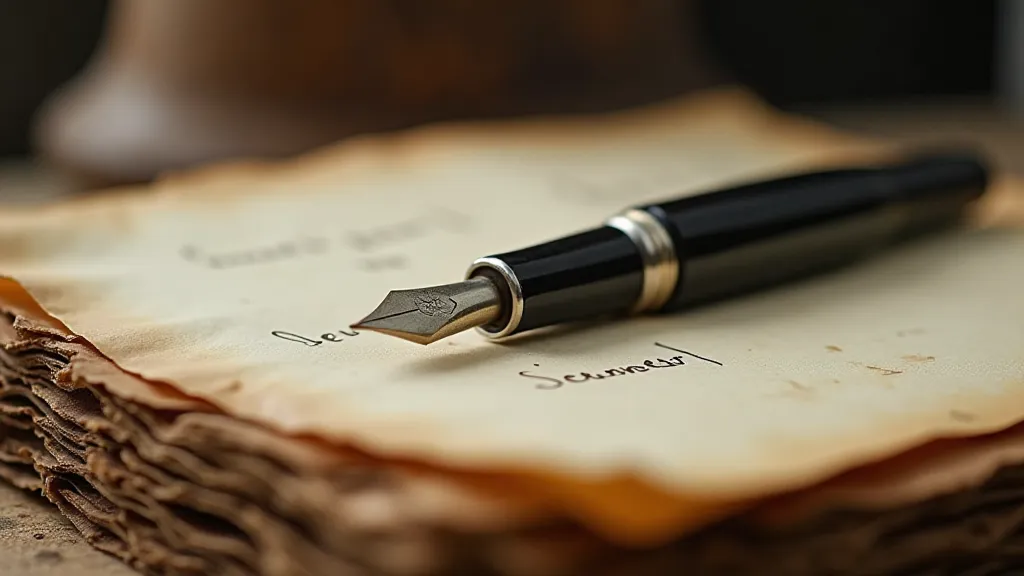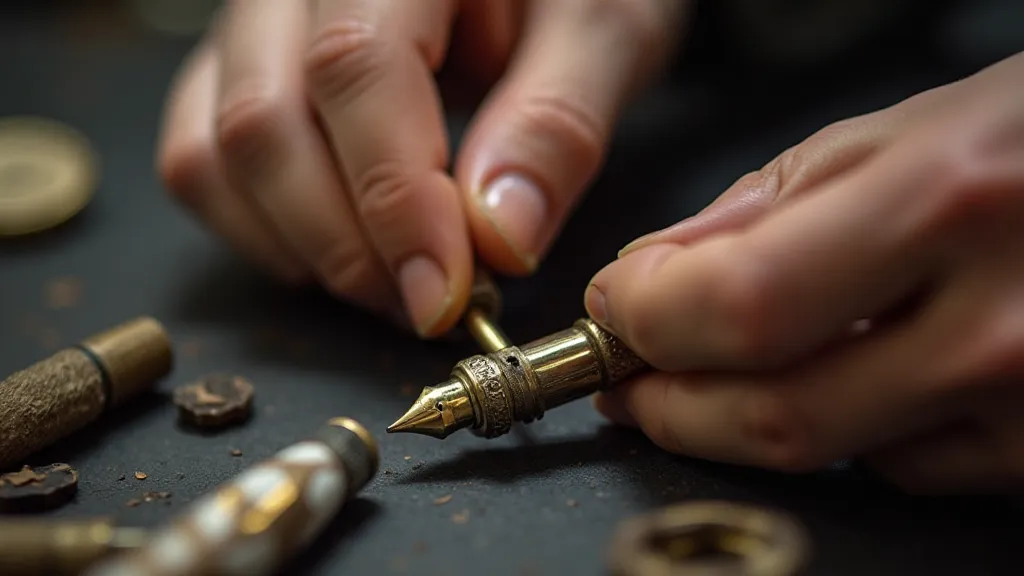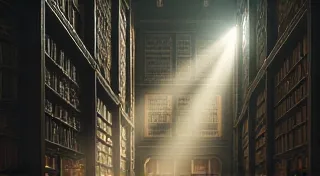The Echoing Script: How Pen Nibs Shape Individual Handwriting Styles
There's a certain magic held within the curve of a pen nib. It's more than just a piece of metal designed to transfer ink to paper; it’s a silent collaborator in the creation of individual expression, the architect of personal style. Antique pens, in particular, offer a tangible connection to a time when handwriting wasn’t just legible, it was art. My grandfather, a meticulous architect, possessed a collection of fountain pens, each carefully chosen and lovingly maintained. He's the reason I'm captivated by these beautiful objects. The feel of one of his pens in my hand – the weight, the coolness of the metal, the satisfying scratch across the page – evokes a quiet reverence, a sense of lineage connecting me to generations of writers and thinkers.
We often think of handwriting as inherent, a simple extension of our personality. But consider this: the tools we use fundamentally influence how we execute that expression. Imagine a potter shaping clay – the shape of the hands, the tools employed, all dictate the final form. Similarly, a pen nib guides the hand, encouraging certain letter formations, subtly shaping the flow of ink, and ultimately contributing to a unique handwriting signature. The sheer variety of styles, too, is astonishing; one wonders how different our written language might be today if the evolution of pen design had taken a different path. Indeed, the continuing innovation, even in a digital age, speaks volumes about our fascination with the written word – a topic that begs further exploration, especially when considering fountain pens vs. modern fine point designs.

The Nib's Influence: More Than Just Size and Material
The vast array of antique pen brands—Waterman, Parker, Conway Stewart, Montblanc, just to name a few—each developed their own distinct nib designs, often reflecting the prevailing aesthetic of their era. A broad, stub nib, popular in the Victorian era, naturally encouraged thick downstrokes and sweeping curves, leading to elegant, flourished scripts. Think of the elaborate Spencerian script, a hallmark of the 19th century – nearly impossible to replicate accurately without a flexible nib capable of substantial flexing. Conversely, a fine, pointed nib, favored in later years, demanded precision and encouraged smaller, more controlled letter formations. It fostered a style more suited to accounting ledgers and precise technical drawings. This evolution isn't just about aesthetics, but about how the tools we use shape our creative processes – a concept that resonates far beyond the world of pen collecting.
Material also played a crucial role. Gold nibs, due to their malleability, offered a greater degree of flex than steel nibs, significantly impacting the character of the writing. The "sweet spot" on a flexible nib – the point where it yields just enough to increase ink flow and create a truly beautiful line variation – is a sensation that experienced pen users actively seek. Restoring a vintage pen can sometimes reveal hidden flexibility, offering a new appreciation for the original design intent. A pen that *feels* stiff today might, with careful cleaning and a bit of gentle manipulation, surprise you with its potential for graceful line variation. The stories these pens hold, the connection to previous owners, all contribute to their allure. Those drawn to the beauty and history of these objects often find a deep emotional resonance – a subject explored further in The Collector's Resonance: Why Antique Pens Evoke Nostalgia & Connection.
Specific Brands and Their Signature Styles
Let’s look at a few examples. Early Parker pens, particularly the “Duofold” and “Vacumatic” models, often featured semi-flexible nibs that allowed for a moderate degree of line variation. These encouraged a script that was both legible and expressive. The nibs were often ground by skilled artisans who understood the interplay between flexibility and ink flow. Waterman pens, known for their innovative filling mechanisms, also boasted a reputation for producing exceptionally smooth nibs, even in their earlier iterations. These pens often encouraged a more relaxed, flowing script. Conway Stewart, a British manufacturer, crafted pens with a particularly English feel – often employing carefully tuned nibs that reflected the refined tastes of their clientele. Their nibs tend to encourage a classic, elegant hand.
Montblanc, of course, arrived later on the scene but quickly became synonymous with luxury and exceptional quality. While their early pens favored a more firm nib, later models explored more flexible designs, adapting to changing preferences and writing styles. It's fascinating to compare a 1920s Montblanc nib to one from the 1950s; the subtle shifts in design reflect not only advancements in manufacturing but also the evolving expectations of the writing community. The perceived value and mystique surrounding luxury pens, however, often obscures a more nuanced reality – a misconception that is examined in detail in Beyond the Gold Leaf: Deconstructing the Mythology of Luxury Pens.

The Psychology of Handwriting and Pen Choice
The choice of pen, whether consciously or subconsciously, can even influence the writer's emotional state. A smooth, responsive nib can be incredibly satisfying to use, fostering a sense of calm and focus. Conversely, a scratchy or poorly performing pen can be frustrating and distracting. There's a certain intimacy in the connection between the writer, the pen, and the paper – a silent conversation that unfolds with each stroke. Beyond the mere act of writing, the pen becomes an extension of one’s thoughts and feelings, influencing the narrative that unfolds on the page. My grandfather used a Conway Stewart pen with a particularly fine nib for his architectural drawings. He claimed it allowed him to capture the precise lines and details necessary for his designs. The pen wasn’t simply a tool; it was an extension of his mind, a conduit for his creative vision.
Collecting and Restoring: Preserving a Legacy
Collecting antique pens is more than just acquiring beautiful objects; it’s about preserving a tangible link to the past. Each pen tells a story - of its maker, its owner, and the era in which it was created. The condition of a vintage pen often speaks volumes about its history – the subtle wear marks on the barrel, the slight patina on the nib, all contribute to its unique character. The story embedded within each object contributes to its overall value, both monetarily and sentimentally.
Restoration, when approached with care and respect, can breathe new life into these treasures. Cleaning the nib and feed, replacing a dried-out sac, or carefully polishing the barrel can reveal the pen’s original beauty. However, it's crucial to avoid aggressive methods that could damage the pen’s integrity. The goal isn't to make the pen look brand new, but to restore it to a usable and presentable condition, preserving its historical significance. The delicate nature of this process requires a deep understanding of pen mechanics and a reverence for the original craftsmanship—skills passed down through generations.

The Enduring Power of Analog Tools
In an increasingly digital world, the connection to physical tools and tangible experiences is more valuable than ever. The act of writing with a pen, especially an antique pen, is a deliberate act, a return to a slower pace, a conscious rejection of the instant gratification offered by technology. It’s about the feel of the pen in your hand, the scratch of the nib on the paper, the subtle variations in ink flow that create a unique signature. It allows for a level of focus and immersion that is difficult to achieve with digital tools. This deliberate connection with a physical tool, and the personal narrative that unfolds through it, shapes not only the words on the page, but also the writer’s sense of self. The pen becomes a map, charting a personal journey expressed through the unique shape of the script – a concept elegantly explored in A Cartographer of Moments: How Pen Shapes Chart Personal Journeys.
A Lasting Connection
The echoing script—the distinctive handwriting shapes influenced by a pen’s nib – is a testament to the enduring power of craftsmanship and the subtle beauty of analog tools. As we increasingly rely on digital devices, the tactile experience of writing with an antique pen offers a welcome respite, a chance to reconnect with a slower, more deliberate pace of life. My grandfather's pens remain in my collection, treasured not only for their intrinsic value but also for the memories they evoke – a tangible reminder of the enduring legacy of thoughtful design and the profound connection between pen, paper, and the human hand. Their silent presence serves as a constant invitation to slow down, reflect, and appreciate the simple act of putting pen to paper.





